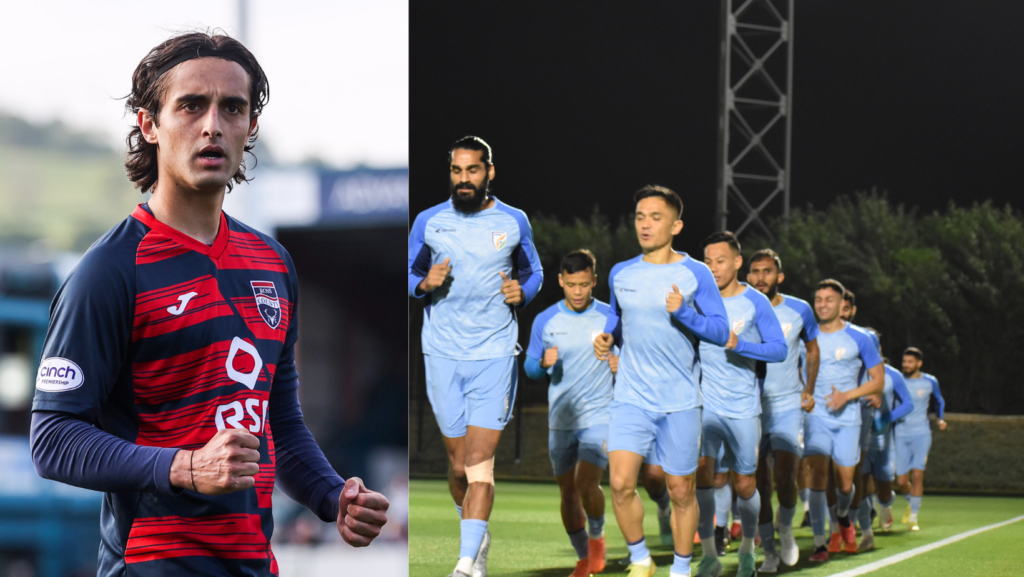
But what Indian sport needs to guard against is at the other end of the financial spectrum. Football is once again relegated to the margins of coverage after India’s dismal Asian Cup campaign – three matches, zero goals, and barely a sniff. But both Asia’s continental competition and Africa’s Cup of Nations have thrown up enough shocks to make us wonder just what Indian football is doing so wrong.
Tiny Equatorial Guinea topped a group that contained Nigeria and Ivory Coast, the hosts. Cape Verde knocked out Ghana and are now into the last eight. Algeria finished bottom of their group, as did Tunisia. Egypt were dumped out by DR Congo. In the Asian Cup, one from Tajikistan and Jordan will make the semi-finals for the first time. The Tajiks are playing the Asian Cup for the first time, and they put out the UAE on penalties. Jordan scored twice in injury time – the winner an absolute beauty – to upset Iraq, the 2007 champions. Qatar had to come back from a goal down to beat a brave Palestine side, and Iran will need to be very wary against the Hector Cuper-coached Syria.
What is the common thread that connects all these underdogs? Each team has key players who left their homelands behind in order to move up the football ladder. Palestine’s Oday Dabbagh, who scored a wonderful solo goal against Qatar, plays for Charleroi in Belgium. Jordan’s Yazan Al-Naimat plays for Al-Ahli in Qatar. Even the Tajik squad has players making their way in stronger leagues in Iran, Uzbekistan and Bulgaria.
Why then has no Indian player broken the glass ceiling? On the women’s side, Manisha Kalyan scored a Champions League hat-trick for a Cypriot side last year. But the idea of one of the men played in the UEFA Champions League remains laughable. In the past quarter-century, Bhaichung Bhutia, Sunil Chhetri, Gurpreet Singh Sandhu and Sandesh Jhingan have all tried their luck overseas. Each came back without creating so much as a ripple.
How is it that a country like Tajikistan, with a population less than greater Kolkata, can put a competitive side on the park, and India can’t? To begin with, look at our leagues, and especially at the XIs that play week in and week out in the ISL and I-League. Check the spine of each team. Across those 25 teams, you’ll be lucky to find a couple of dozen Indians who are guaranteed starters as goalkeeper, centre-back, central midfielder and striker.
🎯 YD10 with a stunning free-kick yesterday!@yandhanda pic.twitter.com/88gKJ4Himz
— Ross County FC (@RossCounty) December 31, 2023
Our leagues are overrun with mediocre overseas talent, most of them nowhere near good enough for emerging Indian players to learn from. Worse still, they play in these most important positions. Some of the young Indian talent from which much was expected isn’t even young any more. Ishan Pandita, for example, is 25, and played just 54 matches between 2020 and 2023. Trent Alexander-Arnold, the same age, had made that many appearances for Liverpool by the time he was 20.
It’s also about the colour of money. In terms of playing standard, the ISL is about 15th in Asia. That Des Buckingham, who led Mumbai City FC to the League Winners’ Shield in 2022-23, left the job to take over at Oxford United – hardly fallen giants like Derby County – in England’s third tier tells its own story.
But check the wage bills, and you’ll see that the ISL sits in the first half-dozen in Asia. We’re paying a premium for mediocrity, and perpetuating it in the process. The salaries they earn here make players reluctant to take a chance overseas, especially when they know they would only be paid what they’re worth.
Yan Dhanda came through West Brom’s famed academy and then spent five years at Liverpool without being able to break into Jurgen Klopp’s first-team squad. After a spell at Swansea, Dhanda – who has Punjabi roots on his father’s side – moved to Ross County in Scotland. His performances there have been lively enough to earn him a move to the Edinburgh-based Hearts of Midlothian this summer. At Ross County, Dhanda is on the kind of money that several ISL stars make. But it goes without saying that he’d walk into the Indian team – red carpet, tickertape and all – if the eligibility rules were relaxed.
No one is advocating slave wages. But the indiscriminate hiring of third-rate foreign talent and inflated salaries for Indian stars is hurting Indian football. From next season, there is likely to be no limit on the number of foreigners in the XI in AFC competitions. If Indian football goes down that route, it’s doomed. We only need to look around us, to Tajikistan, Palestine and Uzbekistan, to understand why.
For All Latest Sports Updates: CLICK HERE